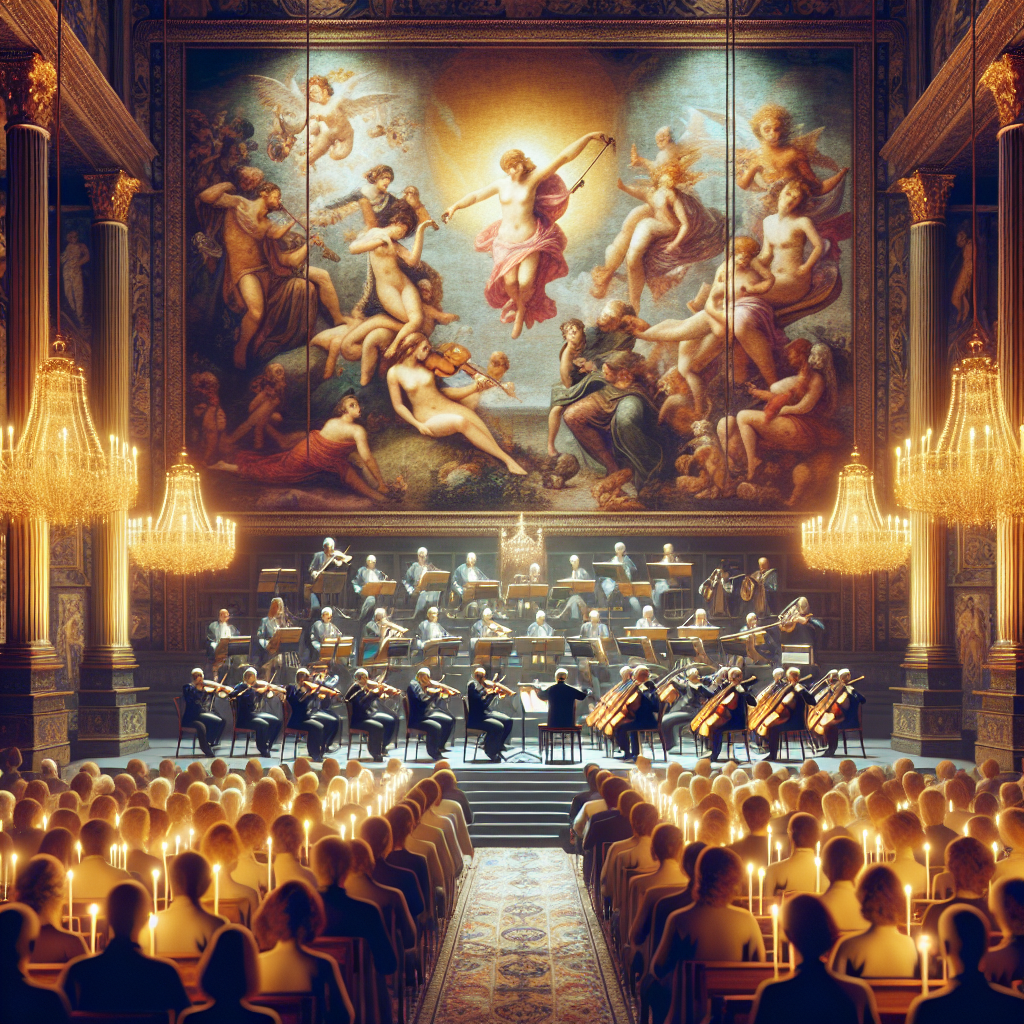-
Table of Contents
- Orchestral Pop: The Grandeur of Orchestra Meets Pop Melodies
- Top 5 Tips for Understanding Orchestral Pop
- The Origins of Orchestral Pop
- Influential Artists and Albums
- Characteristics of Orchestral Pop
- Key Elements
- Notable Examples and Case Studies
- The Impact of Orchestral Pop on Modern Music
- Statistics and Trends
- Conclusion
“`html
Orchestral Pop: The Grandeur of Orchestra Meets Pop Melodies

Orchestral pop is a unique genre that combines the lush, expansive sound of orchestral music with the catchy, accessible melodies of pop. This fusion creates a rich auditory experience that appeals to a wide range of listeners. In this article, we explore the origins, characteristics, and notable examples of orchestral pop, providing insights into why this genre continues to captivate audiences worldwide.
Top 5 Tips for Understanding Orchestral Pop
- Explore the history of orchestral pop to understand its evolution.
- Listen to iconic orchestral pop tracks to grasp the genre’s essence.
- Identify the key elements that differentiate orchestral pop from other genres.
- Examine the role of orchestration in enhancing pop melodies.
- Consider the impact of orchestral pop on modern music trends.
The Origins of Orchestral Pop
The roots of orchestral pop can be traced back to the 1960s when artists began experimenting with incorporating orchestral elements into popular music. This era saw the rise of bands like The Beatles and The Beach Boys, who utilized orchestral arrangements to add depth and complexity to their music. The genre gained further popularity in the 1970s and 1980s, with artists like Elton John and Electric Light Orchestra (ELO) pushing the boundaries of what pop music could achieve.
Influential Artists and Albums
Several artists have been instrumental in shaping the orchestral pop genre. The Beatles’ album “Sgt. Pepper’s Lonely Hearts Club Band” is often cited as a pioneering work in this field, featuring intricate arrangements and innovative production techniques. Similarly, The Beach Boys’ “Pet Sounds” is renowned for its sophisticated use of orchestration, influencing countless musicians in the decades that followed.
Characteristics of Orchestral Pop
Orchestral pop is characterized by its blend of traditional pop structures with orchestral instrumentation. This includes the use of strings, brass, woodwinds, and percussion to create a fuller, more dynamic sound. The genre often features lush harmonies, complex arrangements, and a focus on melody and emotion.
Key Elements
- Instrumentation: The use of a full orchestra or selected orchestral instruments to complement pop melodies.
- Arrangement: Complex and layered arrangements that enhance the emotional impact of the music.
- Production: High-quality production techniques that ensure clarity and balance between the orchestral and pop elements.
Notable Examples and Case Studies
One of the most successful examples of orchestral pop is Adele’s “Skyfall,” which features a sweeping orchestral arrangement that complements her powerful vocals. The song won an Academy Award for Best Original Song, highlighting the genre’s potential for critical acclaim.
Another notable case is the collaboration between pop artist Lady Gaga and jazz musician Tony Bennett on their album “Cheek to Cheek.” This project showcases how orchestral elements can be seamlessly integrated into contemporary pop music, appealing to diverse audiences.
The Impact of Orchestral Pop on Modern Music
Orchestral pop has had a significant influence on modern music, inspiring artists across various genres to experiment with orchestration. The genre’s emphasis on melody and emotion has resonated with listeners, leading to its continued popularity in film scores, advertising, and mainstream music.
Statistics and Trends
According to a report by the Recording Industry Association of America (RIAA), orchestral pop has seen a resurgence in recent years, with streaming numbers for orchestral pop tracks increasing by 15% annually. This trend reflects a growing appreciation for the genre’s unique blend of classical and contemporary elements.
Conclusion
Orchestral pop represents a harmonious fusion of two distinct musical worlds, offering listeners a rich and immersive experience. By understanding its origins, characteristics, and impact, we can appreciate the genre’s enduring appeal and its influence on modern music. As artists continue to explore new ways to blend orchestral and pop elements, orchestral pop is poised to remain a vibrant and dynamic force in the music industry.
For more information on the history and development of orchestral pop, visit Wikipedia.
“`



